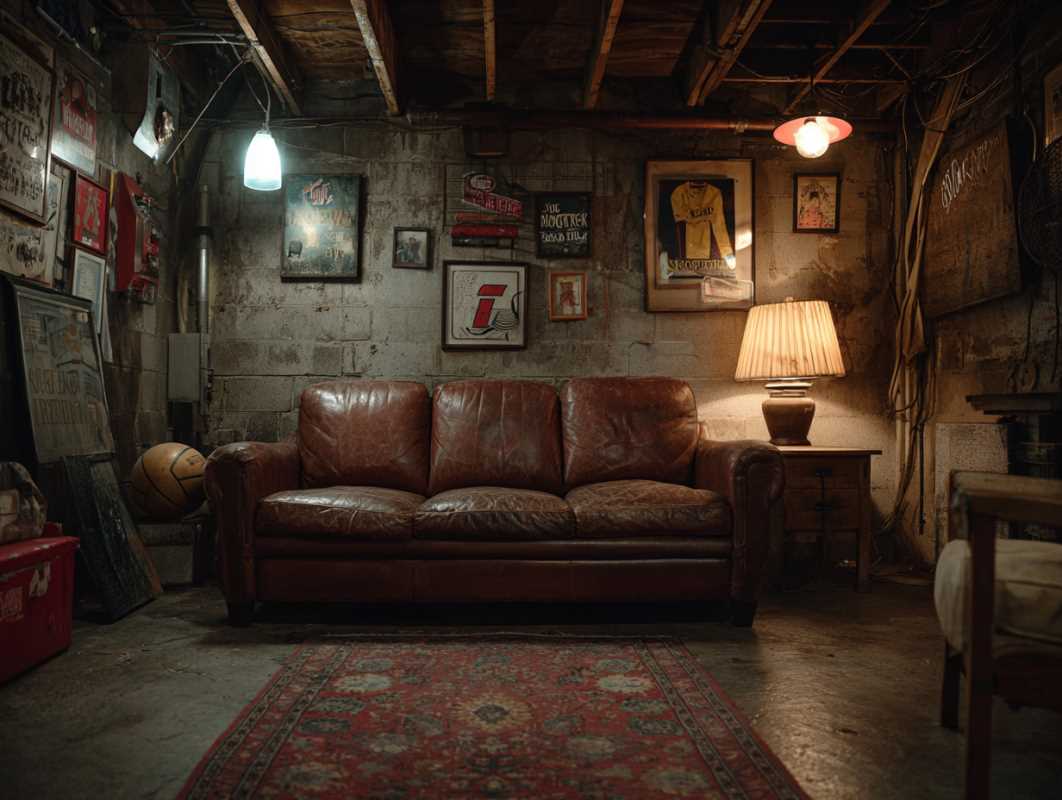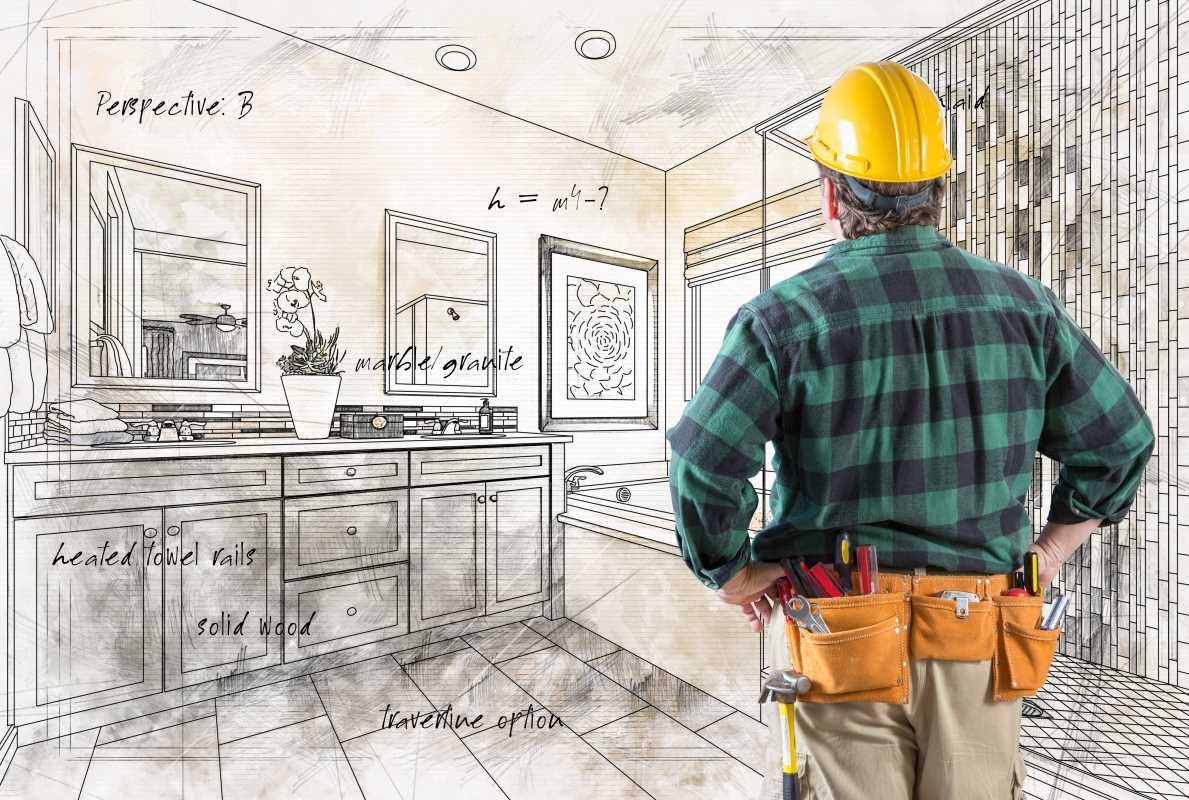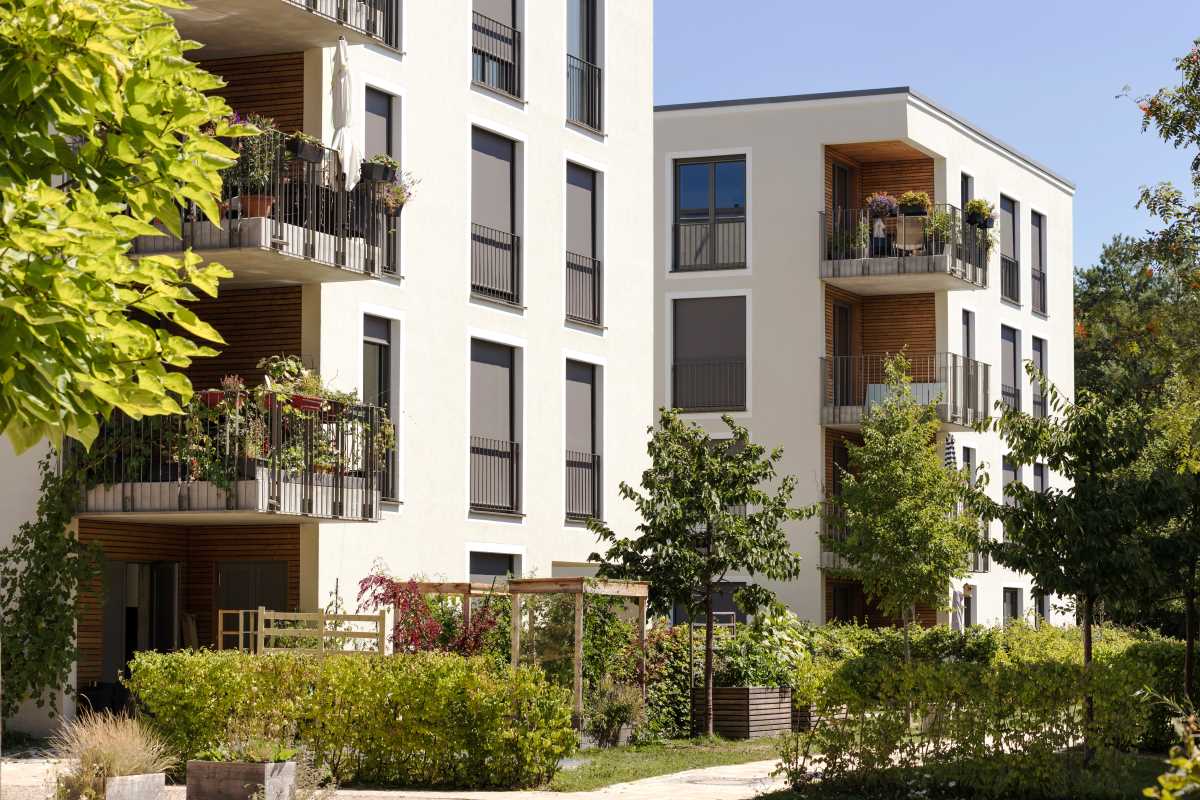Basements often go unnoticed when people try to cut down on energy bills, yet these lower levels can play a huge role in overall home comfort and expenses. By making a few straightforward changes, you can prevent heat loss, reduce drafts, and create a more inviting atmosphere downstairs. Addressing energy waste in the basement doesn’t have to be expensive or complicated. Small improvements, such as sealing gaps or adding insulation, quickly add up to noticeable savings. As these changes take effect, you’ll find that not only does your basement feel cozier, but the rest of your home benefits from greater warmth and efficiency year-round.
These tips provide clear steps that fit budgets of all sizes. From basic sealing to smarter systems, these upgrades deliver real results without overwhelming your schedule or budget.
Upgrade #1: Improve Insulation
Adding or enhancing insulation greatly increases basement comfort. Insulation blocks cold drafts and keeps heat from escaping through walls and floors. It can also absorb some sound, creating a quieter retreat.
- Wall Insulation: Install rigid foam boards directly against basement walls, then finish with drywall. This method stops moisture migration and adds a continuous thermal barrier.
- Floor Insulation: Lay insulating underlayment beneath new flooring or use insulated subfloor panels to prevent the cold from creeping up.
- Ceiling Insulation: If you don’t use the basement ceiling as living space, add fiberglass batts between joists to keep upstairs warmth from draining below.
Choose materials rated for below-grade use. Closed-cell spray foam works wonders in tight spots, while mineral wool batts handle humidity better than standard fiberglass.
Upgrade #2: Install Energy-Efficient Lighting
Switch to LED fixtures to reduce heat output and cut power consumption by up to 80% compared to incandescent bulbs. Modern LED bulbs produce bright, even lighting suitable for everything from home theaters to hobby workshops.
Install motion-sensor lights near stairways and storage areas. They turn on only when you need them, saving energy. For work areas, add under-cabinet LED strips to light up surfaces without harsh glare.
Upgrade #3: Seal Air Leaks
Air leaks cause conditioned air to escape and invite drafts that make HVAC systems work harder. Conduct an energy audit to find gaps around windows, pipes, wiring, and the rim joist.
- Inspect gaps around utility penetrations and seal them with fire-rated caulk or expanding foam.
- Run a bead of silicone caulk along baseboards and sill plates to prevent cold drafts.
- Use weatherstripping on any basement door leading outside or to an unheated garage.
- Wrap exposed ductwork and patch small holes with UL-approved metal tape.
Sealing leaks makes an immediate difference. Your heating system can maintain stable temperatures with less effort.
Upgrade #4: Install a Smart HVAC System
Replace your standard thermostat with a smart device like Nest or EcoBee. These thermostats learn your schedule, adjust temperatures automatically, and communicate with your furnace for better performance.
Smart vents also allow you to control airflow room by room. Close vents in unused zones and direct heat where needed.
Upgrade #5: Improve Basement Waterproofing
Moisture causes mold growth and reduces insulation’s R-value. Addressing water intrusion strengthens your energy upgrades. Start by checking exterior grading to ensure water drains away from foundation walls.
Inside, install a perimeter drain system connected to a reliable sump pump. Use a vapor barrier on walls and floors, and seal cracks with hydraulic cement. These steps keep humidity levels down, allowing your insulation, HVAC, and lighting to work efficiently.
Upgrade #6: Replace or Retrofit Windows
Single-pane windows lose heat quickly. Replace them with double- or triple-pane models with low-emissivity coatings to block infrared heat transfer. New windows can reduce basement heat loss by 30% compared to old frames.
If a full replacement exceeds your budget, add interior storm windows. They create an extra air gap that significantly lowers thermal exchange. Weatherstrip existing frames to prevent drafts along the edges.
Upgrade #7: Add a Smart Dehumidifier
High humidity causes your HVAC system to work harder, trying to cool and dehumidify at the same time. A dedicated dehumidifier manages moisture without overloading your air conditioner or furnace. Look for Energy Star–rated units that automatically maintain ideal basement humidity levels.
Place the dehumidifier near the center of the space and ensure it drains directly to a floor drain or pump system. Lower humidity helps insulation perform as intended and prevents musty odors that make rooms seem colder than they are.
Upgrades like those to Basement Comfort reduce energy use and improve comfort. Begin with small changes and gradually add more for lasting benefits.
 (Image source: Midjourney)
(Image source: Midjourney) 





